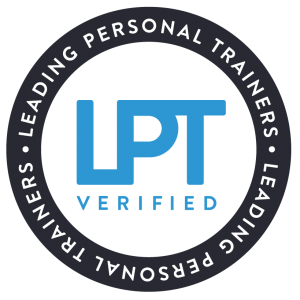COMMON POSTURAL ISSUES OF THE HIP – AND HOW TO RECTIFY THEM
By Alex Przeslawski
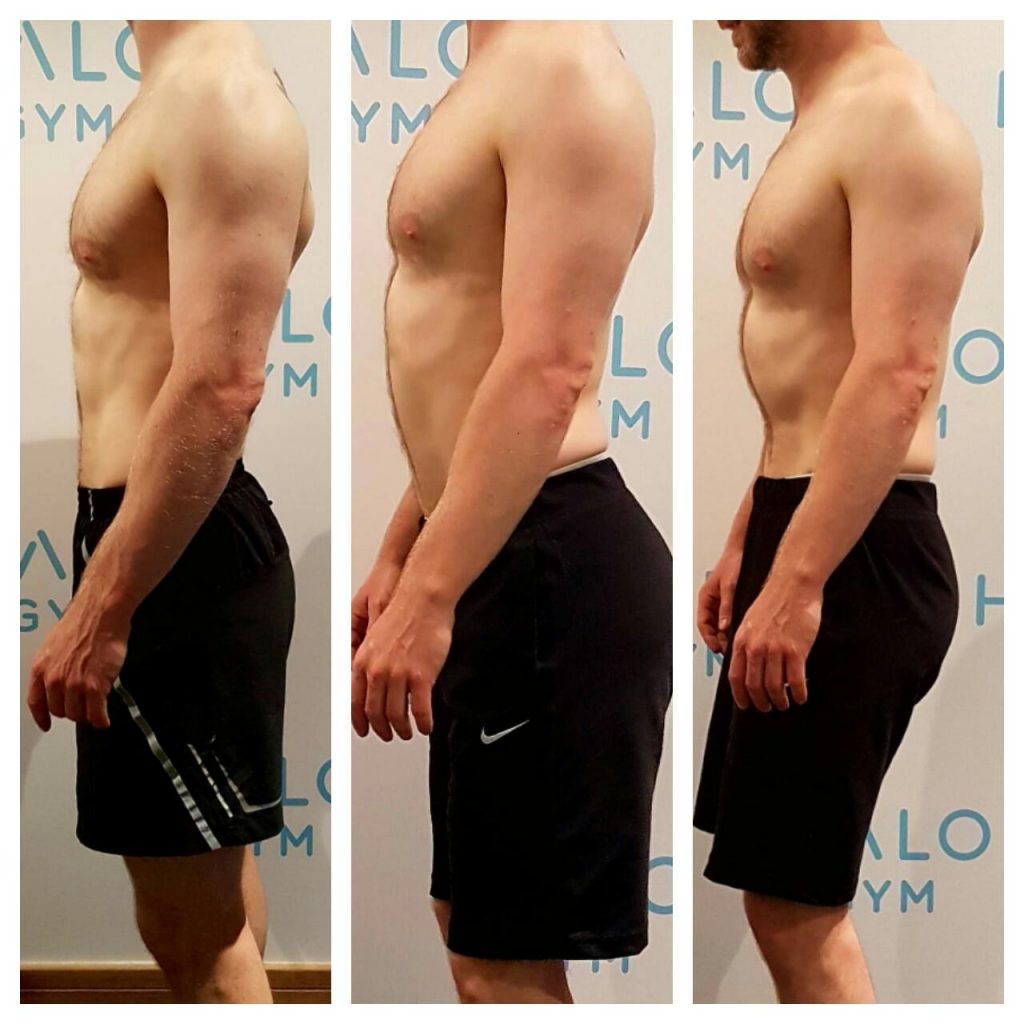
Posture, or how someone holds themselves, is determined by several factors. These include daily activity, genetic traits and muscular tightness and or weakness. Someone who sits at a computer all day will more often than not have internally rotated shoulders (shoulders hunched forwards) and a rounded upper back, much like someone who trains chest every day and never trains their back (gym bros..)! Posture is imperative in allowing you to train the right muscles, perform movements correctly and also determines exercise selection.
The hips are a vital intersection of the body and have a huge influence on how we move and perform. A regular complaint amongst trainees is that their hamstrings are tight (or shortened), thus inhibiting their training and movement. However this is quite often not the case and the real issue can be found in the position of their hips.
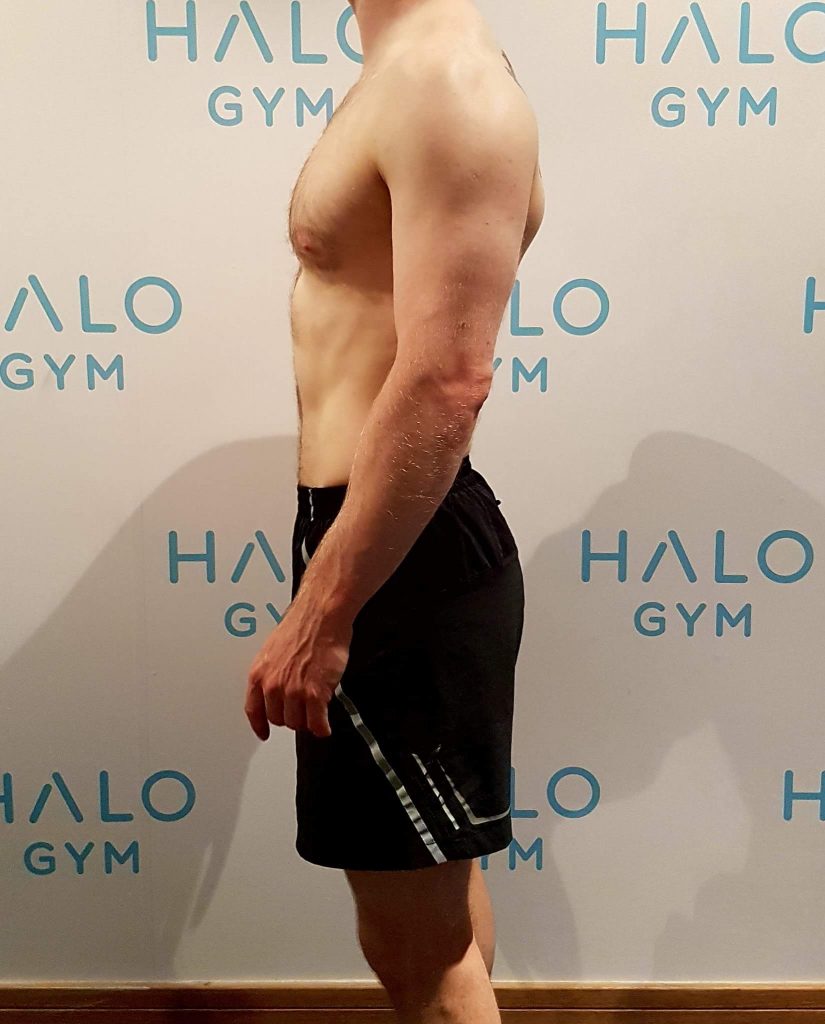
Figure 1
In an ideal world your hips would be level (from both the side and front) and not twisted (so the front of both hips are parallel) [see figure 1, above]. However due to day to day life, incorrect form whilst exercising, laziness in holding correct posture and muscle imbalances this can change, and not always for the best [see figures 2 a/b below].
In figure 2a we can see that the hips are tilted so that they shifted backwards (Hyperlordosis), giving the illusion that your glutes are bigger (think of pictures of glute ‘growth’ on Instagram…). However, if we look closer we can see that with this postural issue the glutes, hamstrings and abdominals are lengthened and in a weakened position while the lower back and hips are tight and in a shortened position.
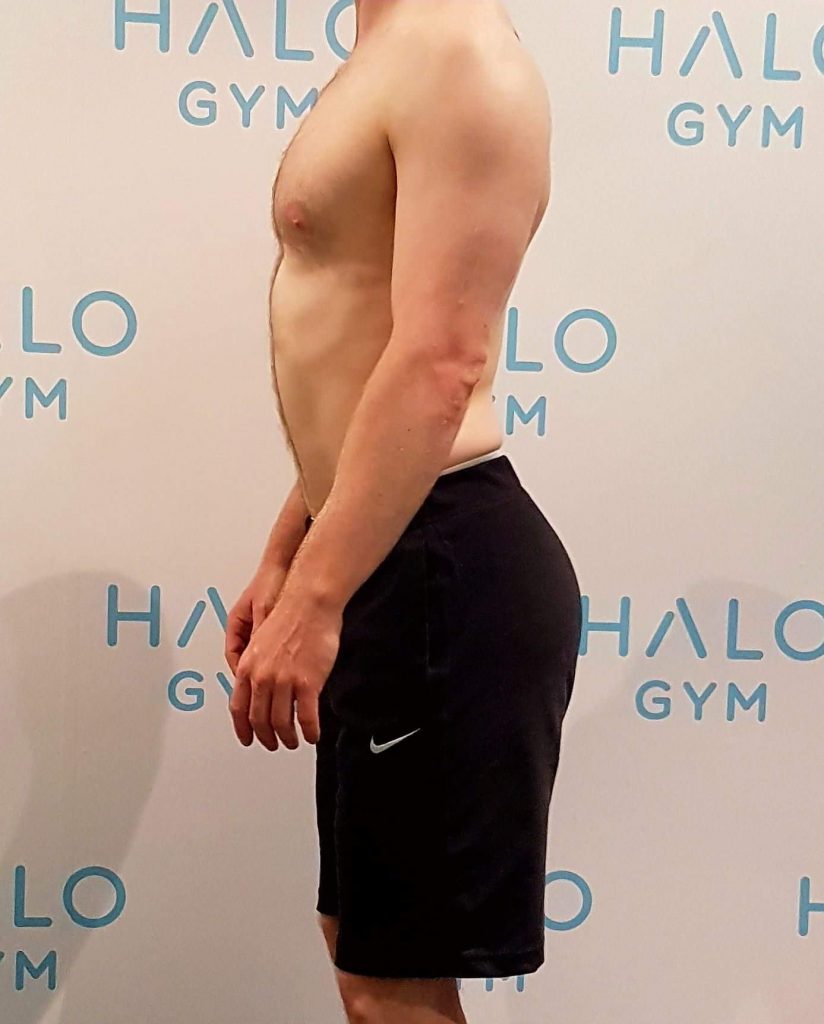
Figure 2a
Many people will complain that their hamstrings are tight when in fact they simply feel tight as they are in a constantly lengthened position. Where the back of the hips has risen the hamstring has lengthened. These people are possibly very Quad dominant and thus cannot engage their Glutes or Hamstrings effectively due to the lengthened position.
This will cause issues in exercise such as when squatting as excessive force is now produced upon the lower back, the glutes will not be as active to generate force and the abdominals are not braced to strengthen your torso under the barbell. Lordosis (or curvature of the spine) is natural but excessive amounts is not. To remedy this:
•Strengthen your Abdominals, Glutes and Hamstrings
•Stretch your Lower Back, Hips and Quads
Exercises for these would be:
•Abdominals – Plank/Paloff Press/Wood Chops/Deadbugs
•Glutes – Hip Thrusts/Pull Throughs/Glute Emphasised Back Extensions
•Hamstrings – Hamstring Curls/Romanian Deadlifts/Death March
•Lower Back – Cat pose in yoga
•Hips – Single Leg Banded Hip Drives. Raise the arms of the hip being mobilised for increased range.
•Quads – Kneeling Quad stretch against the wall or supporting the foot on a bench or sofa.
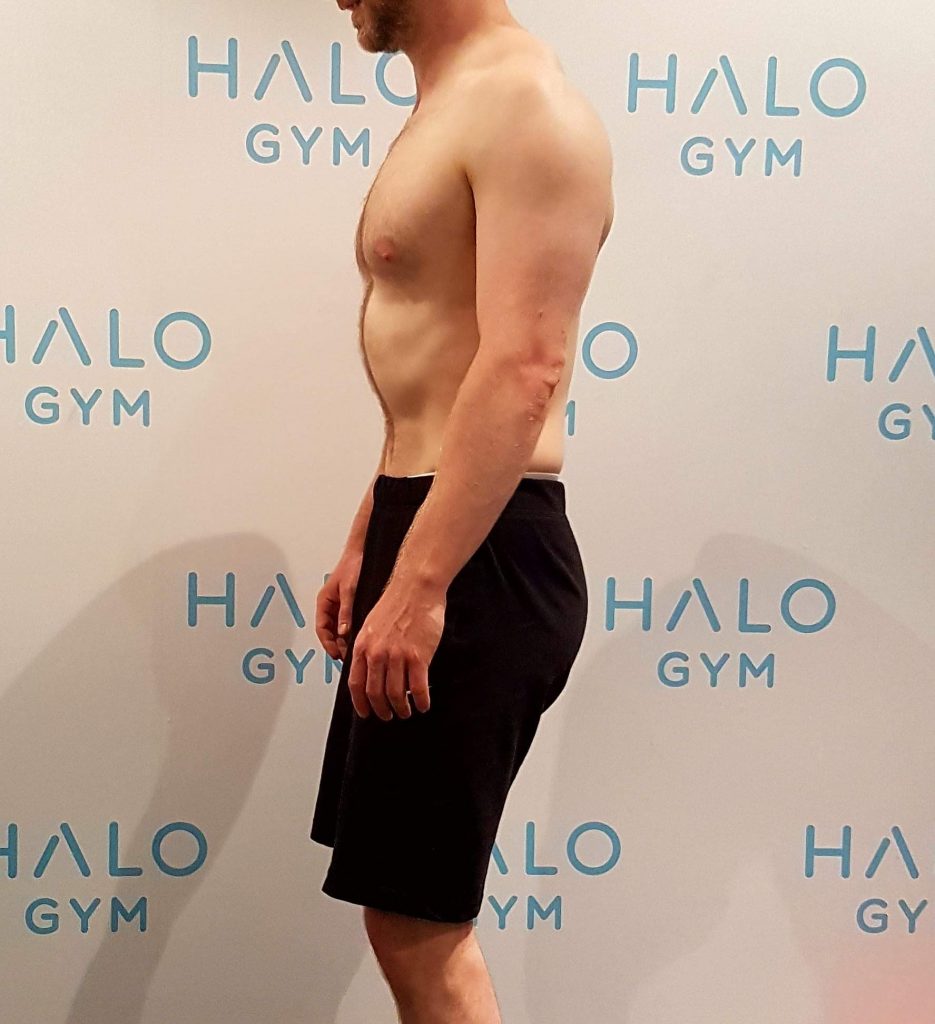
Figure 2b
Figure 2b illustrates the opposite of Hyperlordosis. This is known as ‘Flat Back’ and can cause rounding of the upper back and shoulders. This is because the abdominal muscles are now too tight causing other muscles above to pull together. With flat back we now want to pull the hips the other way as the opposing muscles are tight here. This will also (devastatingly) give you the illusion that your glutes are smaller than they really are as your lower back is pulled in.
With Flat Back there is a lack of Lordosis in the spine. To remedy this we need to strengthen the hip flexors, lower back and potentially the upper back and rear deltoids (these due to them being placed in a weakened position from the upper back rounding) and doing mobility work on the glutes, abdominals, chest, front of the shoulder and hamstrings. These muscles have been shortened in this position.
Exercises for these would be:
•Hips – Cable Hip Flexes
•Lower Back – Good Mornings (Lower Back emphasis)/Back Extensions (Lower Back emphasis)
•Upper Back – Wide Barbell Rows/T Bar Rows/Banded Rows
•Rear Deltoids – Face Pulls/Rear Deltoid Cable Flys
•Glutes – Pigeon pose/Foam rolling
•Abdominals – Cow and Cobra pose (very good all round)
•Chest – Banded/TRX Chest Stretch/Door Stretch/Roll with ball
•Front of the Shoulder – See above with Chest mobility and barbell rolling
•Hamstrings – Barbell rolling/Lying stretch with band or doorframe as support
Massage is also very beneficial but the correct muscles need to be manipulated. If your hamstrings are already lengthened more focus should be made on the quadriceps (as well as releasing the hip flexors) which is the antagonist (opposing) muscle group!
There are a whole host of potential ways that your hips could be uneven and this post by no means covers them all. Your training should be injury free, and improve the functioning, performance and aesthetics of your body. Overworking certain muscles and poor posture can lead to postural issues. If you find that this is the case with you, by implementing the exercises above into your training and being mindful of how you stand and sit you can alleviate such issues.

About the author
Alex is an experienced PT at Halo Gym holding several qualifications including a degree in Exercise and Health from Oxford Brookes University, and performance related qualifications such as Powerlifting, Nutrition and Strength and Conditioning as well as Pre and Post Natal Programme Design and KBT Nutrition Level 1. Alex is currently working an internship with the Strength and Conditioning coach of League Two club Crawley Town. He has a particular interest in developing his clients’ strength, performance, physique and also confidence in the gym.


